 JAFFRAY, BC — The BC Labour Relations Board has dismissed an application from unionized employees with Galloway Lumber Company seeking a court order against the employer in a labour dispute over a negotiated severance agreement due to the permanent closure of the Galloway sawmill, near Jaffray. While the labour board dismissed the application on Aug. 14, vice-chair Carmen Hamilton deferred the matter to the parties’ negotiated dispute resolution process. Meanwhile, both sides are have agreed to bring the matter before an arbitrator who is not available until January 2026. “At its heart, this matter is a contract interpretation dispute,” wrote Hamilton. The United Steelworkers Local L-405 is seeking roughly $1.2 million in severance that was negotiated as part of an adjustment plan that was negotiated following the closure of the mill.
JAFFRAY, BC — The BC Labour Relations Board has dismissed an application from unionized employees with Galloway Lumber Company seeking a court order against the employer in a labour dispute over a negotiated severance agreement due to the permanent closure of the Galloway sawmill, near Jaffray. While the labour board dismissed the application on Aug. 14, vice-chair Carmen Hamilton deferred the matter to the parties’ negotiated dispute resolution process. Meanwhile, both sides are have agreed to bring the matter before an arbitrator who is not available until January 2026. “At its heart, this matter is a contract interpretation dispute,” wrote Hamilton. The United Steelworkers Local L-405 is seeking roughly $1.2 million in severance that was negotiated as part of an adjustment plan that was negotiated following the closure of the mill.
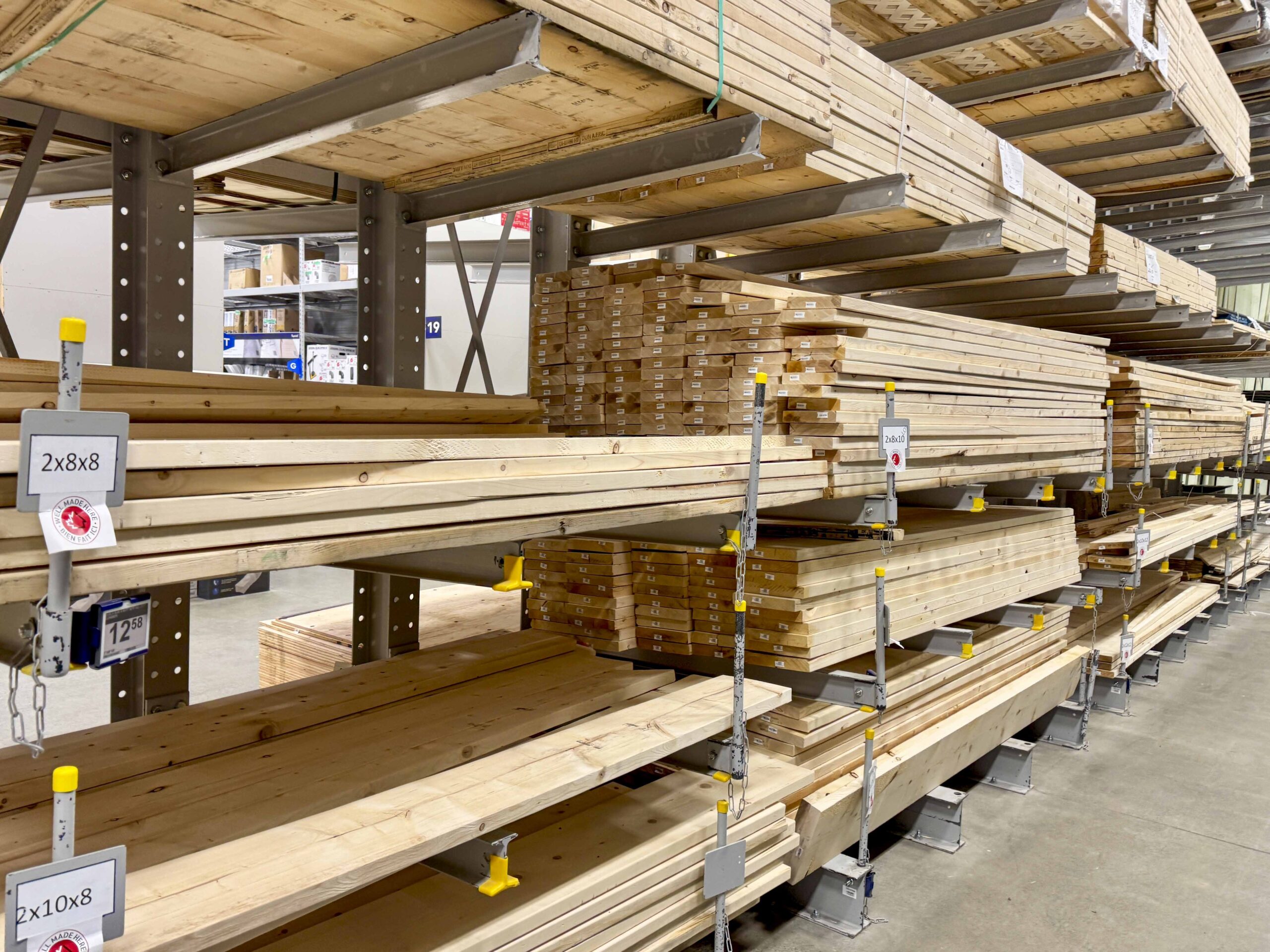 Canadian business owners are sharing growing fears that things could go from bad to worse if the U.S.-imposed trade war doesn’t end soon. New data from the Canadian Federation of Independent Business (CFIB) shows those business owners are being hit the hardest, particularly in B.C. “Two-thirds of B.C. businesses import or export directly to the United States, and when you look at those who do so indirectly, so they buy from importers or exporters, that number jumps up to 80 per cent of all businesses exposed to trade with the United States. So, that’s a huge number,” Ryan Mitton, director of Legislative Affairs in B.C. at the CFIB said. He adds that the situation appears even more grim for hard-hit industries like steel and lumber. “…one in five in BC have been impacted by softwood lumber tariffs, and that’s the highest rate of all the provinces in Canada,” he adds.
Canadian business owners are sharing growing fears that things could go from bad to worse if the U.S.-imposed trade war doesn’t end soon. New data from the Canadian Federation of Independent Business (CFIB) shows those business owners are being hit the hardest, particularly in B.C. “Two-thirds of B.C. businesses import or export directly to the United States, and when you look at those who do so indirectly, so they buy from importers or exporters, that number jumps up to 80 per cent of all businesses exposed to trade with the United States. So, that’s a huge number,” Ryan Mitton, director of Legislative Affairs in B.C. at the CFIB said. He adds that the situation appears even more grim for hard-hit industries like steel and lumber. “…one in five in BC have been impacted by softwood lumber tariffs, and that’s the highest rate of all the provinces in Canada,” he adds.






 The Forest Appeals Commission dismissed a Vanderhoof hunting and fishing lodge’s appeal of a $25,000 fine for cutting Crown timber without a licence. In an Aug. 13 decision, panel chair Maureen Baird upheld the March 2023 fine against Crystal Lake Resort Ltd. by the Ministry of Forests. Daniel Brooks, whose family bought the resort in 1975, admitted trees were cut without a licence in July 2020 on a right of way and the company asked, after the fact, for the Ministry of Forests to authorize the removal of merchantable timber. The ministry advised the company that it needed to have a licence to harvest in the first place. Brooks said he did not know he needed a licence. …The Ministry approved the required management plan, that allowed cutting trees if the resort had a forestry licence to do so.
The Forest Appeals Commission dismissed a Vanderhoof hunting and fishing lodge’s appeal of a $25,000 fine for cutting Crown timber without a licence. In an Aug. 13 decision, panel chair Maureen Baird upheld the March 2023 fine against Crystal Lake Resort Ltd. by the Ministry of Forests. Daniel Brooks, whose family bought the resort in 1975, admitted trees were cut without a licence in July 2020 on a right of way and the company asked, after the fact, for the Ministry of Forests to authorize the removal of merchantable timber. The ministry advised the company that it needed to have a licence to harvest in the first place. Brooks said he did not know he needed a licence. …The Ministry approved the required management plan, that allowed cutting trees if the resort had a forestry licence to do so. In the Summer Almanac you’ll find these headlines and much more:
In the Summer Almanac you’ll find these headlines and much more:
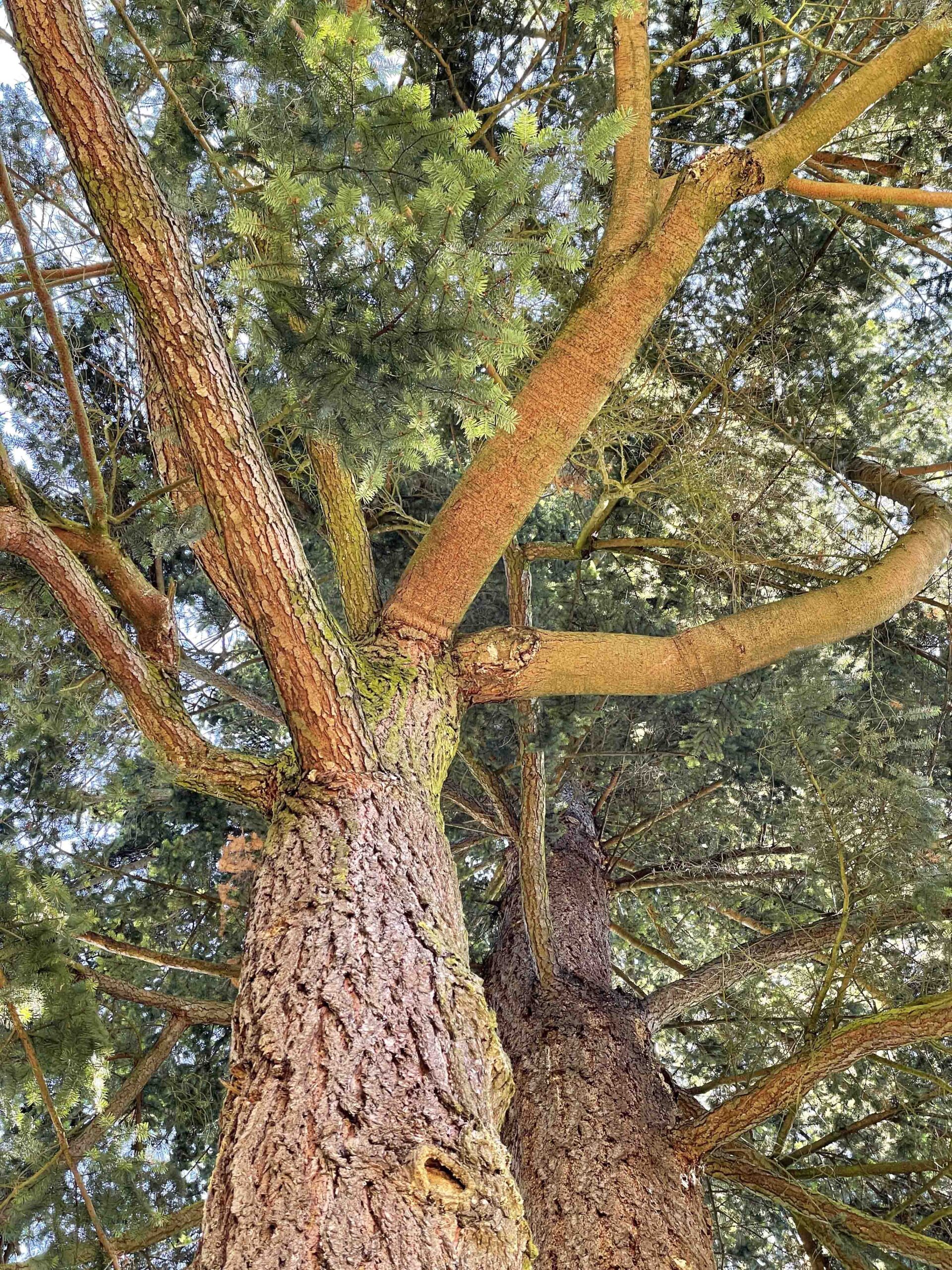 Peter Constabel, a professor in the biology department at the University of Victoria said that several years of repeated drought in B.C. mixed with heat stress has increased the likelihood of branches breaking off, it could even happen on a “perfectly calm day” without any breeze. The consequences can be tragic. Constabel, who specializes in tree health said, “it’s the drought that specifically causes this, and somehow it stresses the tree and drops the branch, or the branch falls. If you get cumulative droughts, of course, it weakens the tree overall”. …Dry spells can leave trees in a weakened state, Simon Fraser University biological sciences professor Jim Mattsson said, reducing photosynthesis and growth, cutting their energy or sugar reserves, and lowering production of chemical defences. All of these can cause a chain reaction increasing trees’ susceptibility to insects and fungal diseases, causing trees to rot inside, weaken and potentially topple over.
Peter Constabel, a professor in the biology department at the University of Victoria said that several years of repeated drought in B.C. mixed with heat stress has increased the likelihood of branches breaking off, it could even happen on a “perfectly calm day” without any breeze. The consequences can be tragic. Constabel, who specializes in tree health said, “it’s the drought that specifically causes this, and somehow it stresses the tree and drops the branch, or the branch falls. If you get cumulative droughts, of course, it weakens the tree overall”. …Dry spells can leave trees in a weakened state, Simon Fraser University biological sciences professor Jim Mattsson said, reducing photosynthesis and growth, cutting their energy or sugar reserves, and lowering production of chemical defences. All of these can cause a chain reaction increasing trees’ susceptibility to insects and fungal diseases, causing trees to rot inside, weaken and potentially topple over.

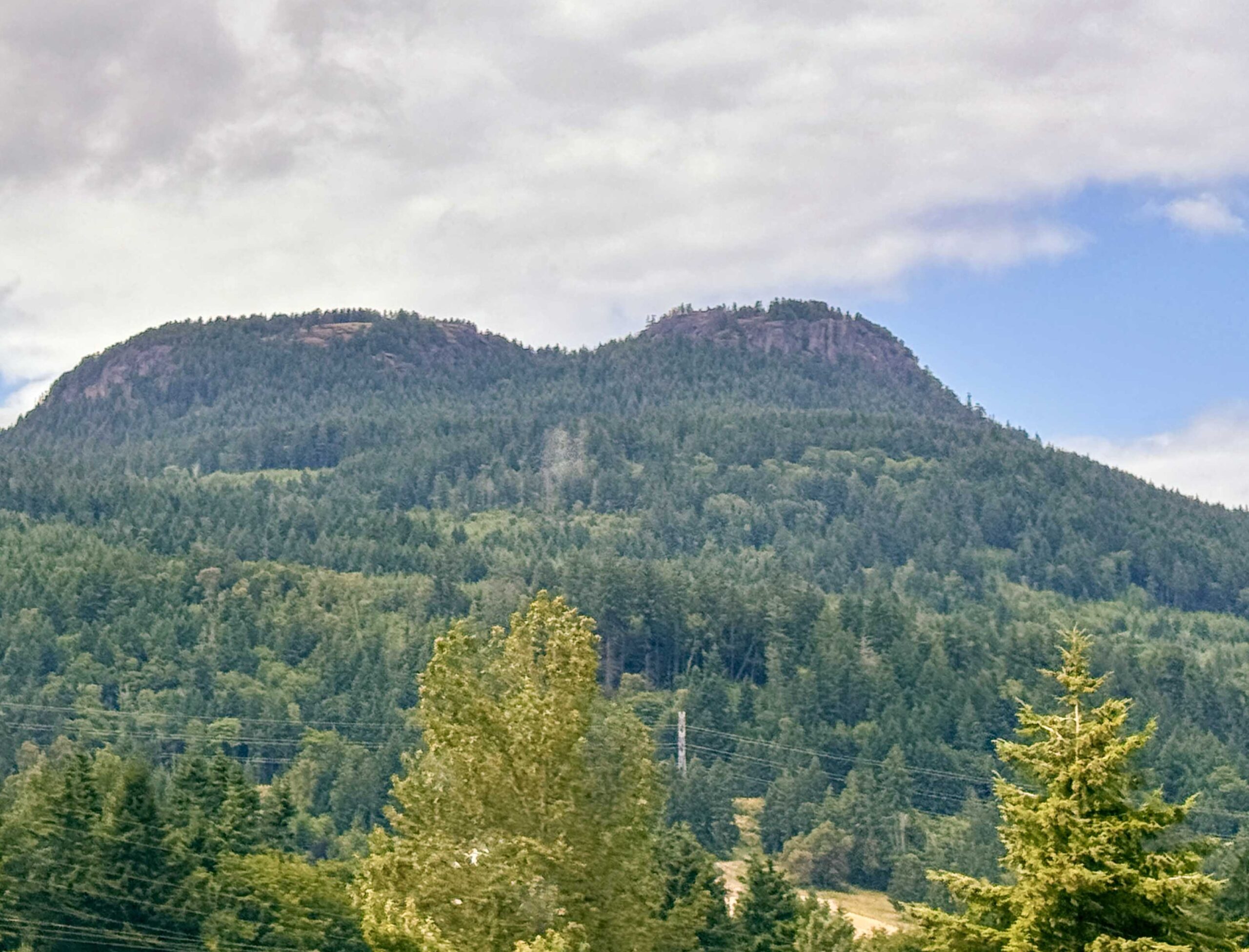 The Cowichan Valley Citizen has published two letters to the editor referencing the North Cowichan Municipal Forest Reserve
The Cowichan Valley Citizen has published two letters to the editor referencing the North Cowichan Municipal Forest Reserve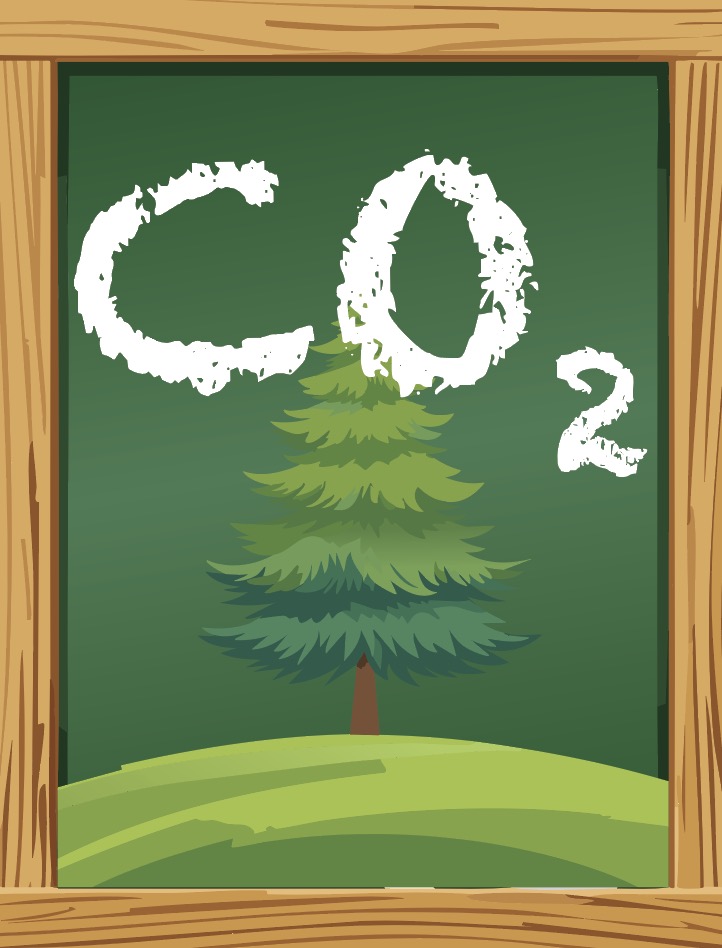 Global warming is predicted to drive one of the greatest declines in caribou populations in the last 21,000 years, with British Columbia’s herds expected to see declines of up to 61 per cent by 2100 if high rates of warming go unchecked, a new study says. Caribou — also known as reindeer in Europe and Asia — have survived several spells of Arctic warming in the past. Their presence across the planet’s tundra, forests and mountains have long supported Indigenous populations while acting as ecosystem engineers, disturbing the soil and trampling vegetation in a way that promotes new plant growth. …Human disturbance of those landscapes — from logging to road building — has already led to a two-thirds decline in the global population over the past 30 years. New
Global warming is predicted to drive one of the greatest declines in caribou populations in the last 21,000 years, with British Columbia’s herds expected to see declines of up to 61 per cent by 2100 if high rates of warming go unchecked, a new study says. Caribou — also known as reindeer in Europe and Asia — have survived several spells of Arctic warming in the past. Their presence across the planet’s tundra, forests and mountains have long supported Indigenous populations while acting as ecosystem engineers, disturbing the soil and trampling vegetation in a way that promotes new plant growth. …Human disturbance of those landscapes — from logging to road building — has already led to a two-thirds decline in the global population over the past 30 years. New  The Mount Underwood fire near Port Alberni wasn’t your typical Vancouver Island blaze. But what is normal is changing. Thanks to droughts and heat waves, tiny fires that crews were once able to extinguish in a matter of hours are now ballooning into major blazes. Historically, fires have been nearly non-existent in coastal B.C., and the playbook for putting them out has been simple: Find fire. Spray water on it. Dig up hot spots. Case closed. This “direct attack” was possible because of the slow speed at which fires grow in coastal ecosystems. But the Mount Underwood fire, which ignited along the road connecting Port Alberni to Bamfield, spread rapidly, burning as a Rank 5 fire, with flames rising into the crowns of trees and up the mountainside. “In the seven years I’ve worked for the Coastal Fire Centre, I don’t think I’ve seen a fire like this on Vancouver Island,” Julia Caranci told CBC.
The Mount Underwood fire near Port Alberni wasn’t your typical Vancouver Island blaze. But what is normal is changing. Thanks to droughts and heat waves, tiny fires that crews were once able to extinguish in a matter of hours are now ballooning into major blazes. Historically, fires have been nearly non-existent in coastal B.C., and the playbook for putting them out has been simple: Find fire. Spray water on it. Dig up hot spots. Case closed. This “direct attack” was possible because of the slow speed at which fires grow in coastal ecosystems. But the Mount Underwood fire, which ignited along the road connecting Port Alberni to Bamfield, spread rapidly, burning as a Rank 5 fire, with flames rising into the crowns of trees and up the mountainside. “In the seven years I’ve worked for the Coastal Fire Centre, I don’t think I’ve seen a fire like this on Vancouver Island,” Julia Caranci told CBC.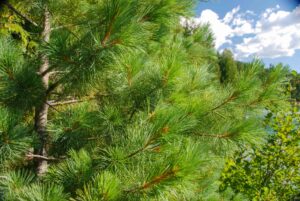 Over 70,000 new trees have been planted in Narrow Hills Provincial Park after the destructive Shoe Fire ripped through the area in May. The park, about 130 kilometres northeast of Prince Albert, Sask., is home to Gem Lakes and Lost Echo campgrounds, which remained closed for the season due to the wildfire. “There was a lot of enthusiasm to get the new life going back in the forest,” Pat MacKasey, a provincial park forest ecologist. MacKasey has been the supervisor of a five-person crew who have planted 73,080 Jack pine and white spruce trees since July. Trees have been planted in an area in Pine Lake that had previously been wiped out by a windstorm in the 1990s, he said. MacKasey says regrowth after that storm was slow, but new trees were eventually planted again in 2002 once forest health improved.
Over 70,000 new trees have been planted in Narrow Hills Provincial Park after the destructive Shoe Fire ripped through the area in May. The park, about 130 kilometres northeast of Prince Albert, Sask., is home to Gem Lakes and Lost Echo campgrounds, which remained closed for the season due to the wildfire. “There was a lot of enthusiasm to get the new life going back in the forest,” Pat MacKasey, a provincial park forest ecologist. MacKasey has been the supervisor of a five-person crew who have planted 73,080 Jack pine and white spruce trees since July. Trees have been planted in an area in Pine Lake that had previously been wiped out by a windstorm in the 1990s, he said. MacKasey says regrowth after that storm was slow, but new trees were eventually planted again in 2002 once forest health improved. The number and severity of wildfire damage claims are increasing partly because fire seasons are longer with more hectares burned, according to IBC spokesperson Adam Sutherland. “As we see the frequency and severity of claims growing, that’s putting pressure on premiums. “We know the risk is only going to grow. Insurance puts a price on risk. That’s why it’s paramount that we do much, much more as a society to reduce that, to better fireproof our communities and better protect our homes.” He said in addition to government action to reduce fire danger in the forests, residents need more incentives to protect their properties. “But then we also need to rethink our building codes and how we are developing our communities in the first place. That means moving away from wood shingles, wood roofs. No more vinyl siding. We need non-combustible materials on homes and interface fire zones for all new development.”
The number and severity of wildfire damage claims are increasing partly because fire seasons are longer with more hectares burned, according to IBC spokesperson Adam Sutherland. “As we see the frequency and severity of claims growing, that’s putting pressure on premiums. “We know the risk is only going to grow. Insurance puts a price on risk. That’s why it’s paramount that we do much, much more as a society to reduce that, to better fireproof our communities and better protect our homes.” He said in addition to government action to reduce fire danger in the forests, residents need more incentives to protect their properties. “But then we also need to rethink our building codes and how we are developing our communities in the first place. That means moving away from wood shingles, wood roofs. No more vinyl siding. We need non-combustible materials on homes and interface fire zones for all new development.”
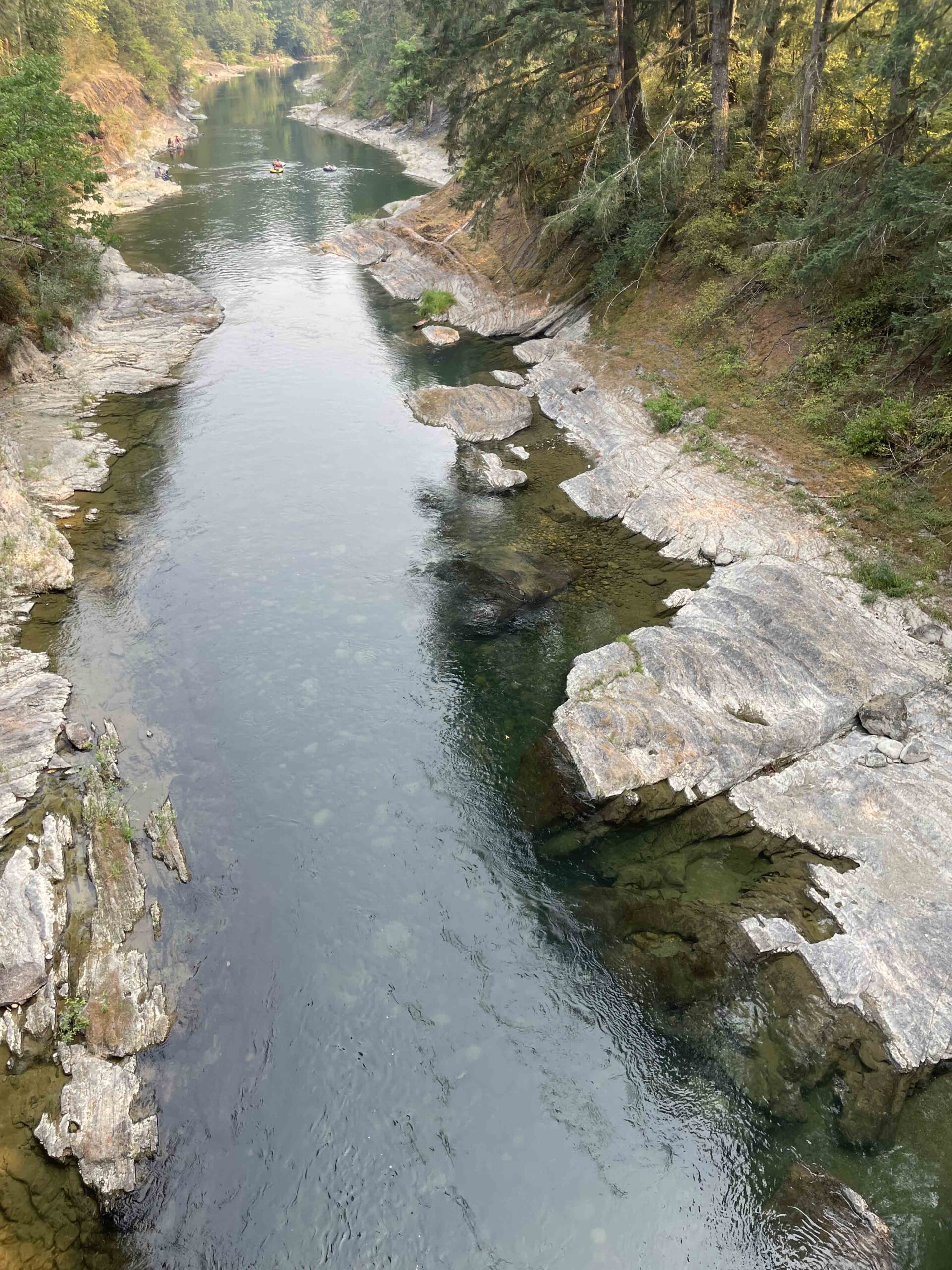 Cowichan Lake had just 16.5 per cent water storage capacity as of Aug. 13 as the recent hot spell, which saw temperatures in the region go above 30C, began to die down. Brian Houle, environment manager at the Domtar Crofton mill, which owns and operates the weir at Lake Cowichan, said the regulators of the watershed decided to reduce water flows from the lake over the weir to 4.5 cubic metres per second beginning on Aug. 13. He said the flow reduction will be done in two stages, dropping to 5.0 cms on Aug. 13 and then to 4.5 cms on Aug. 14 and that flow will hold until the rainfall returns this fall. …Houle said that, as water flows are reduced to the river, Domtar will have qualified professionals in the river helping to salvage fish stranded in pools, as well as measuring water quality.
Cowichan Lake had just 16.5 per cent water storage capacity as of Aug. 13 as the recent hot spell, which saw temperatures in the region go above 30C, began to die down. Brian Houle, environment manager at the Domtar Crofton mill, which owns and operates the weir at Lake Cowichan, said the regulators of the watershed decided to reduce water flows from the lake over the weir to 4.5 cubic metres per second beginning on Aug. 13. He said the flow reduction will be done in two stages, dropping to 5.0 cms on Aug. 13 and then to 4.5 cms on Aug. 14 and that flow will hold until the rainfall returns this fall. …Houle said that, as water flows are reduced to the river, Domtar will have qualified professionals in the river helping to salvage fish stranded in pools, as well as measuring water quality.
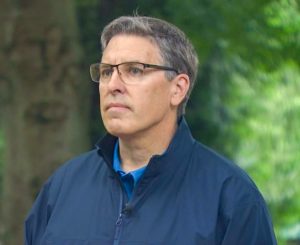
 A powerful documentary that addresses BC’s escalating wildfire crisis and the urgent need for solutions will be shown tonight in Williams Lake. “BC Is Burning” was written and produced by retired forester Murray Wilson who has over 4 decades of experience in wildfire suppression and forest management. “In August 2024 I started filming mainly around the Interior of BC.” Wilson said, ” I didn’t do any filming in the Williams Lake area but Central Chilcotin Rehabilitation Ltd. had some excellent videos and they very graciously gave me some of their footage from around the Williams Lake area as well as Percy Guichon who is also in the documentary.” …So far the documentary has been shown in Kelowna, Vernon, Merritt, Kamloops, and Williams Lake tonight (August 19) then it will be in Nakusp and on to Castlegar. A 20 minute Q & A with Wilson and Josh Prestie, Regional Executive Director for the Ministry of Forests will follow the Williams Lake show.
A powerful documentary that addresses BC’s escalating wildfire crisis and the urgent need for solutions will be shown tonight in Williams Lake. “BC Is Burning” was written and produced by retired forester Murray Wilson who has over 4 decades of experience in wildfire suppression and forest management. “In August 2024 I started filming mainly around the Interior of BC.” Wilson said, ” I didn’t do any filming in the Williams Lake area but Central Chilcotin Rehabilitation Ltd. had some excellent videos and they very graciously gave me some of their footage from around the Williams Lake area as well as Percy Guichon who is also in the documentary.” …So far the documentary has been shown in Kelowna, Vernon, Merritt, Kamloops, and Williams Lake tonight (August 19) then it will be in Nakusp and on to Castlegar. A 20 minute Q & A with Wilson and Josh Prestie, Regional Executive Director for the Ministry of Forests will follow the Williams Lake show.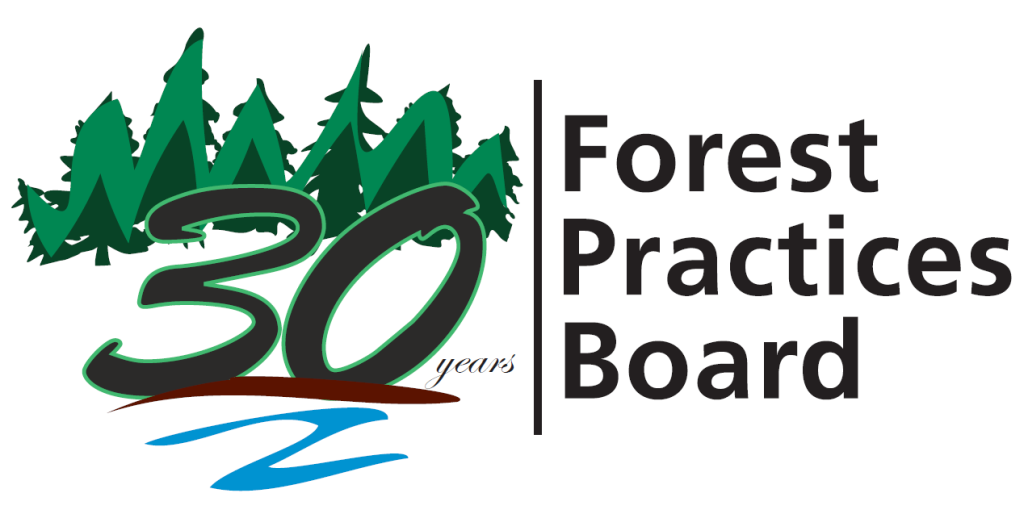

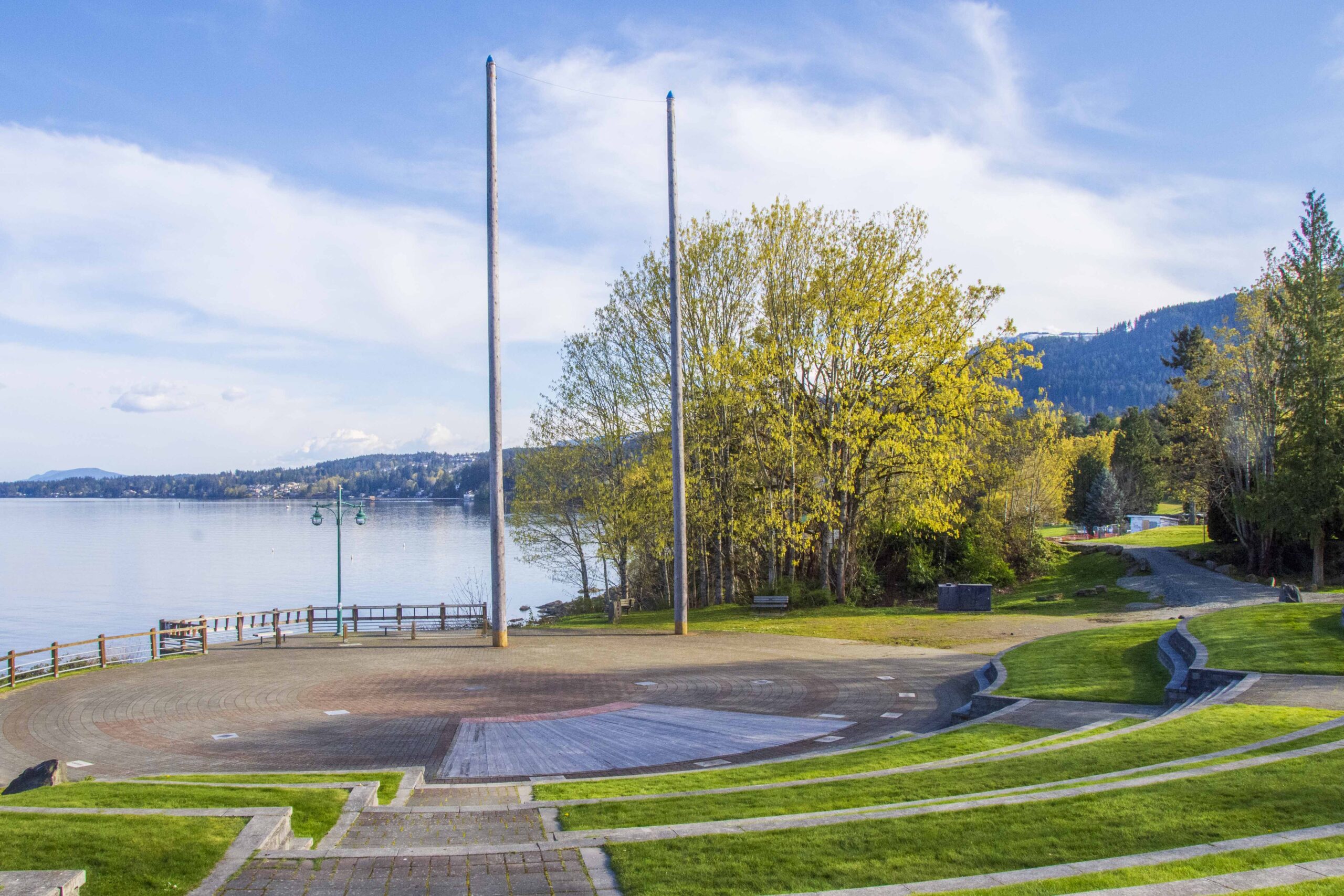 …It’s a rare sight today to see a spar tree in a timber harvesting area, but you can see them at any loggers’ sports shows. This year locals will have a chance to see climbers in action on Sunday, Sept. 14 at the Transfer Beach Amphitheatre. Just a couple of weeks ago the state of the two spar poles at the amphitheatre was in question. …Dave MacLeod from Husky Forest Service, a professional tree climber as well as a loggers’ sports tree climber, said instead of destroying the trees, they could be taken out to find out where the rot ends. His suggestion was accepted and the trees were taken out by RKM Cranes on July 30 and laid down to be examined. MacLeod did tests at various lengths of the trees and it was determined that the rot was up 10 feet from the bottom, so 11 feet was cut off.
…It’s a rare sight today to see a spar tree in a timber harvesting area, but you can see them at any loggers’ sports shows. This year locals will have a chance to see climbers in action on Sunday, Sept. 14 at the Transfer Beach Amphitheatre. Just a couple of weeks ago the state of the two spar poles at the amphitheatre was in question. …Dave MacLeod from Husky Forest Service, a professional tree climber as well as a loggers’ sports tree climber, said instead of destroying the trees, they could be taken out to find out where the rot ends. His suggestion was accepted and the trees were taken out by RKM Cranes on July 30 and laid down to be examined. MacLeod did tests at various lengths of the trees and it was determined that the rot was up 10 feet from the bottom, so 11 feet was cut off. The Province of B.C. is lending its expertise to Mosaic Forest Management as it develops plans to reopen the Bamfield Main Road, sections of which were rendered unsafe due to the Mt. Underwood wildfire. “We recognize the importance of Bamfield Road to the Huu‑ay‑aht First Nation and area residents,” said Mike Farnworth, Minister of Transportation and Transit. “There is substantial work necessary … to reopen Bamfield Road. Ensuring the safety of the travelling public is the top priority, and the Province will continue to support to Mosaic throughout this process.” Initial engineering assessments have determined a section of the Bamfield Road managed by Mosaic is unsafe for all traffic, prompting Mosaic to close the route with a section of the road being defined as a No Work Zone by BC Wildfire Services. Falling rocks, dangerous trees and a fire-damaged slope are presenting exceptionally challenging conditions, and there is no timeline for reopening the road in its current configuration.
The Province of B.C. is lending its expertise to Mosaic Forest Management as it develops plans to reopen the Bamfield Main Road, sections of which were rendered unsafe due to the Mt. Underwood wildfire. “We recognize the importance of Bamfield Road to the Huu‑ay‑aht First Nation and area residents,” said Mike Farnworth, Minister of Transportation and Transit. “There is substantial work necessary … to reopen Bamfield Road. Ensuring the safety of the travelling public is the top priority, and the Province will continue to support to Mosaic throughout this process.” Initial engineering assessments have determined a section of the Bamfield Road managed by Mosaic is unsafe for all traffic, prompting Mosaic to close the route with a section of the road being defined as a No Work Zone by BC Wildfire Services. Falling rocks, dangerous trees and a fire-damaged slope are presenting exceptionally challenging conditions, and there is no timeline for reopening the road in its current configuration. Don’t miss the August WorkSafeBC Health and Safety News:
Don’t miss the August WorkSafeBC Health and Safety News: The Occupational Health and Safety Regulation provides that, except as otherwise determined by WorkSafeBC, an employer must ensure no worker is exposed to a substance exceeding the Threshold Limit Values (TLVs) prescribed by the
The Occupational Health and Safety Regulation provides that, except as otherwise determined by WorkSafeBC, an employer must ensure no worker is exposed to a substance exceeding the Threshold Limit Values (TLVs) prescribed by the  PRINCE GEORGE, BC — Canfor Pulp has been fined after a worker seriously injured their hand in an unguarded piece of machinery. WorkSafeBC issued the $489,104 penalty on July 10 following an inspection at the company’s Northwood Pulp Mill in April. According to the inspection report, a worker was injured on the fifth floor by a hydraulic cylinder that cycles every 64 seconds, “dropping rapidly down” into a metal box. …The agency determined the firm failed to ensure its machinery and equipment was fitted with adequate safeguards to protect workers from hazardous points of operation. …Canfor spokesperson Mina Laudan said a contract worker sustained a hand injury in the incident. “We deeply regret that a worker was injured at our site. It is our responsibility to provide a safe working environment,” said Laudan. “Following the injury, we took immediate steps to safeguard the equipment that was involved in the incident.”
PRINCE GEORGE, BC — Canfor Pulp has been fined after a worker seriously injured their hand in an unguarded piece of machinery. WorkSafeBC issued the $489,104 penalty on July 10 following an inspection at the company’s Northwood Pulp Mill in April. According to the inspection report, a worker was injured on the fifth floor by a hydraulic cylinder that cycles every 64 seconds, “dropping rapidly down” into a metal box. …The agency determined the firm failed to ensure its machinery and equipment was fitted with adequate safeguards to protect workers from hazardous points of operation. …Canfor spokesperson Mina Laudan said a contract worker sustained a hand injury in the incident. “We deeply regret that a worker was injured at our site. It is our responsibility to provide a safe working environment,” said Laudan. “Following the injury, we took immediate steps to safeguard the equipment that was involved in the incident.” As Saskatchewan experiences one of its worst wildfire seasons on record, smoke continues to prompt air quality alerts for the public. …however, less than five per cent of personnel working the wildfires in Saskatchewan are wearing masks, and despite the health risks, that’s not likely to change any time soon. “Saskatchewan Public Safety Agency (SPSA) personnel have access to N95 masks if they wish to wear them on the fire line, but most choose to wear bandannas,” the SPSA wrote in an email to paNOW. Structural firefighters within urban centres are required to wear self-contained breathing apparatus (SCBA) to protect them from smoke inhalation and exposure to harmful airborne contaminants, but in Saskatchewan, using facial protection is voluntary for wildland firefighters, and there is no provincial protocol to use them. …N95 masks can help reduce exposure to fine particles, but don’t filter out harmful gases. Bandannas offer little to no protection.
As Saskatchewan experiences one of its worst wildfire seasons on record, smoke continues to prompt air quality alerts for the public. …however, less than five per cent of personnel working the wildfires in Saskatchewan are wearing masks, and despite the health risks, that’s not likely to change any time soon. “Saskatchewan Public Safety Agency (SPSA) personnel have access to N95 masks if they wish to wear them on the fire line, but most choose to wear bandannas,” the SPSA wrote in an email to paNOW. Structural firefighters within urban centres are required to wear self-contained breathing apparatus (SCBA) to protect them from smoke inhalation and exposure to harmful airborne contaminants, but in Saskatchewan, using facial protection is voluntary for wildland firefighters, and there is no provincial protocol to use them. …N95 masks can help reduce exposure to fine particles, but don’t filter out harmful gases. Bandannas offer little to no protection. Sharie Minions told a news conference Tuesday that officials are working with the BC Wildfire Service to update two evacuation orders and three alerts that are in place due to the out-of-control Mount Underwood fire. The regional district’s chief administrative officer Daniel Sailland said about 50 permanent residents had to be evacuated along with approximately 150 campers and other visitors due to the fire, which was discovered Aug. 11. Fire information officer Karley Desrosiers said 160 personnel are working on the fire, which is not expected to grow beyond its current 36 square kilometres as the area warms up after several rainy days. “We have received considerable rain since Thursday, and more rain is expected today,” she said. “Going forward, we are expecting conditions to get a little bit warmer and a little bit drier and a bit windier as well. …The blaze has shut off power and the main road access to Bamfield since Aug. 11.
Sharie Minions told a news conference Tuesday that officials are working with the BC Wildfire Service to update two evacuation orders and three alerts that are in place due to the out-of-control Mount Underwood fire. The regional district’s chief administrative officer Daniel Sailland said about 50 permanent residents had to be evacuated along with approximately 150 campers and other visitors due to the fire, which was discovered Aug. 11. Fire information officer Karley Desrosiers said 160 personnel are working on the fire, which is not expected to grow beyond its current 36 square kilometres as the area warms up after several rainy days. “We have received considerable rain since Thursday, and more rain is expected today,” she said. “Going forward, we are expecting conditions to get a little bit warmer and a little bit drier and a bit windier as well. …The blaze has shut off power and the main road access to Bamfield since Aug. 11. 